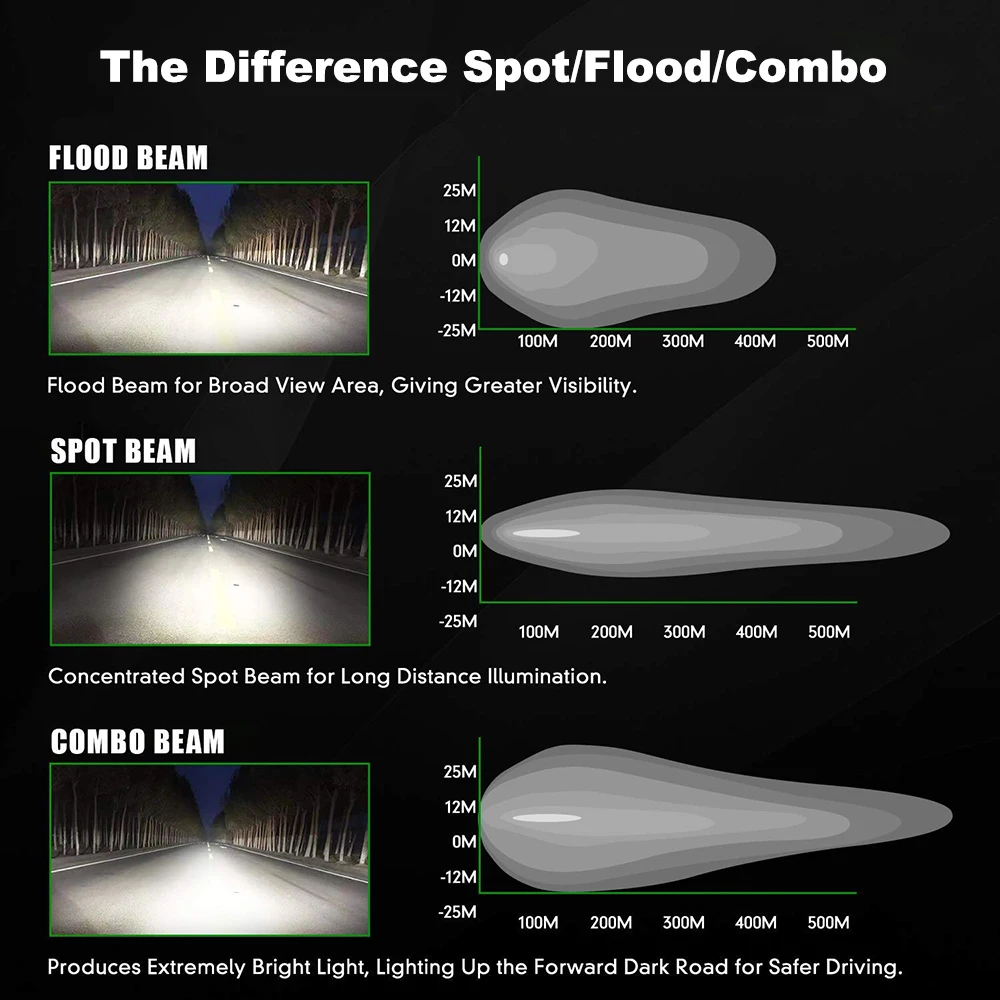
The usual stuff like grid lines, location data, etc., can be found in the menu. The viewfinder has the standard set of icons with the settings cog wheel located in the upper left corner of the screen. You could zoom in with a pinch gesture, at which point additional preset zoom levels appear at 2x, 4x, and 10x. The familiar tree designation for zoom control is here too, and with no telephoto on board, you get three trees for ultra-wide and two trees for the main cam. Vertical swipes in either direction will switch between front and rear cameras. The basics are as usual - swiping left and right will switch between available modes, and there's an option to re-arrange, add or remove some of the modes from the viewfinder. Other than that, it's the same as on any other Samsung pre-OneUI 3.1, which is a good thing since it's straightforward and easy to use. The camera app on the A32 is the latest one you get with OneUI 3.1, the biggest improvement being the relocation of the video resolution to the viewfinder. The lens here has a reported equivalent focal length of 25mm and an f/2.2 aperture.
#Annoying good night screen on samsung software#
There's no software distortion correction on this one, just like there wasn't on the A12 - the A52 does have it, though.įor selfies, there's an 20MP camera in the notch of the display that uses an SK Hynix sensor with a Quad Bayer filter array and 1.0µm pixels.
:max_bytes(150000):strip_icc()/GettyImages-722229509-343bb322cbf74b97bbaae38aa3ba360b.jpg)
It uses a 1/4" sensor with 1.0µm pixels and an f/2.2 aperture lens that covers a 123-degree field of view. The 8MP ultrawide camera of the Galaxy A32 is the nearly perfect middle ground between the ones on the A12 (5MP) and the A52 (13MP). The lens has a 25mm equivalent focal length and an f/1.8 aperture. It does the usual 4-to-1 binning and outputs 16MP images by default. It's a Tetrapixel design (used to be called Tetracell in Samsung speak, Sony calls them Quad Bayer), and it's one of the newer models with 0.7µm pixels - the same 1/1.97" imager is found in the Moto G30 we reviewed recently. The primary camera uses a Samsung GW3 64MP sensor (S5KGW3). Yes, it does have a 'macro' and a 'depth' camera, but at least they are 5MP each as opposed to just 2MP. Okay, perhaps in the A32's case, we're being a bit too harsh. We mean that there are two real cameras and two more just to get the number up to four. They should also have a few iOS updates left since iOS 15 still supports devices as old as the iPhone 6S.A rather classic 2+2 camera system is what you can find on the back of the Galaxy A32. Buying a used iPhone 8 or iPhone X is another solid option in this price range - battery life likely won’t be as good, but you could replace the battery later on, and even these old iPhones are substantially faster than the Galaxy A12. I would strongly recommend buying a Galaxy A32 5G instead if you can afford it, which normally costs $279.99 but frequently goes on sale for $205.
#Annoying good night screen on samsung android#
You’re also still going to be stuck with Android 11 as the final update… whenever that arrives. Samsung and most carriers are currently selling it for $104.99, which is better, but still doesn’t fix the Galaxy A12’s performance issues. This phone has a suggested retail price of $179.99 in the United States, which is absolutely too much money for a phone that struggles with basic tasks. When the keyboard is lagging during the initial setup process, you know you’re in for trouble. However, the phone is incredibly frustrating to use, even by the standard of other budget smartphones. The Galaxy A12 is one of the cheapest smartphones currently sold by Samsung, so it’s probably not much of a surprise that the phone isn’t wildly fast. The phone’s MediaTek Helio P35 chipset and 3GB RAM just can’t keep up.

The Galaxy A12 is cheaper than all those phones, so slower performance is to be expected, but the Galaxy A32 (which retails for $280, but is on sale right now for $205) is a significantly better experience than the Galaxy A12. I’ve spent the past few months going down the ladder of Samsung’s current budget phones, starting with the Galaxy A52 5G, and moving down to the Galaxy A42 5G and Galaxy A32 5G. Bottom-of-the-barrel performance isn’t unusual in this price bracket, but that doesn’t make the experience any less tiresome. Even the default keyboard was missing some of my key presses due to lag - switching to Gboard is an improvement. Most apps open within a few seconds, but there’s so much latency with animations and scrolling that the phone is frustrating to use most of the time. I know this is a $180 phone (which frequently goes on sale for around $100), so I have to keep my expectations in check, but the Galaxy A12 is not fun to use.


 0 kommentar(er)
0 kommentar(er)
